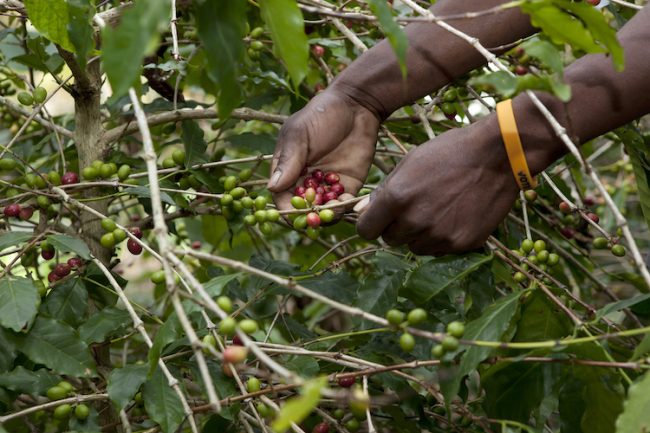
Zimbabwe, home to some of Africa’s richest coffee belts is only left with about two commercial coffee farmers on 300 hectares, a drastic drop from 145 before 2004, reports indicate.
Zimbabwe’s coffee belt in the Eastern border highlands has the perfect growing conditions for the beans: high mountain peaks and cool climates, and the country used to be famous for its “super-high-quality” product.
History records that in the 1990s, the southern Africa country produced some of the best coffee in the world, alongside South America and Kenya and accounted for two to three percent of the country’s GDP, bringing foreign wealth to commercial farms and livelihoods to countless laborers.
But today, according to Zimbabwe Coffee Mill director (ZCM) Johane Jori, the industry is in decline.
“Considering how long coffee has been produced in the country, we are in a sorry state and there is need for government to consider resuscitating it as it can earn the country millions in foreign currency annually,” Jori is quoted saying by the local media.
The two remaining farmers are complemented by 400 smallholder farmers on 77 hectares, Jori added.
ZCM was formed in 1993 by a group of commercial and smallholder farmers.
Zimbabwe used to produce 15 000 tonnes of coffee per year before the land reform programme, but production levels had plummeted to a measly 500 tonnes per year.
However, after the Fast Track Land Reform Program, which in some instances did not leave out farms strategically positioned to contribute to national development, most of the commercial coffee farms that were invaded are not matching previous output.
In the absence of foreign investment, new farm owners are struggling to secure bank loans to enrich the soil, buy pesticides, repair farm machinery, or finance coffee exports.
“The sector is struggling to attract investment due to land tenure issues that followed the land re-distribution programme.
“Our farmers need to be tooled with critical knowledge and skills in coffee farming, if we are to turn around the sector,” Jori said.
Coffee used to be Zimbabwe’s third biggest agricultural export and fourth most productive cash crop after tobacco, cotton and sugar. The sector employed over 20,000 people before the chaotic land reform programme.
By then, Zimbabwe was exporting 95 percent of its raw coffee but the land reform marked the demise of the sector as inexperienced farmers were given coffee farms despite the fact that the crop requires great skill.
The government also promoted maize and wheat production, leading to the destruction of coffee trees as farmers prepared to farm the targeted crops.








